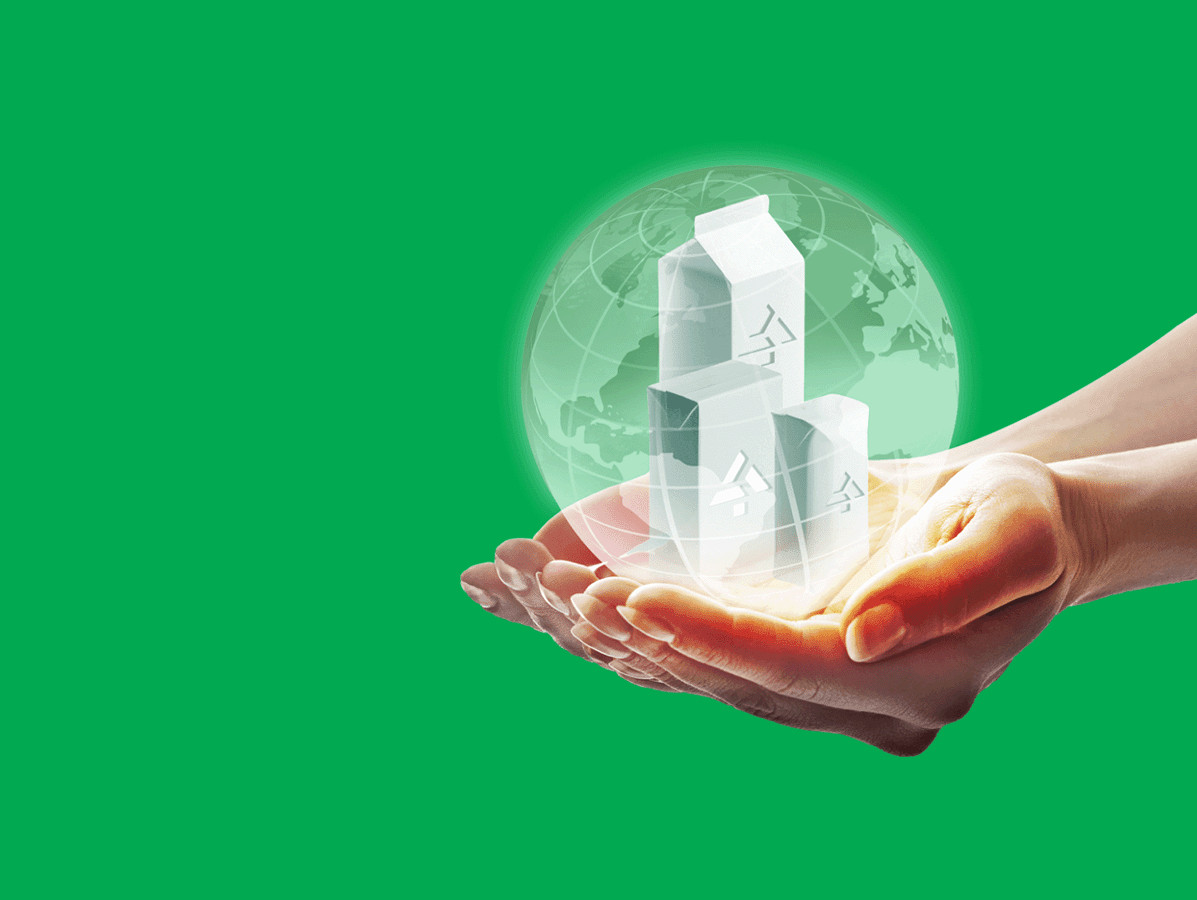
Trade association HEDRA ( consists of Tetra Pak, Elopak and SIG Combibloc) is speaking out following recent reports on the level of sustainability of beverage cartons. Inge Eggermont, director of HEDRA, says: "By using renewable materials from sustainably managed forests and recycling at the end of their useful life, beverage cartons are one of the beverage packaging products with the lowest carbon footprint. They contribute to a circular economy, making it a smart and sustainable choice for packaging water, dairy, juices and soups. Recent coverage shows that there are many misconceptions about beverage cartons, including their recyclability. We like to challenge that perception and think it is important to show how there is collaboration in the chain to make beverage cartons - from raw material to recycling - even more sustainable."
Drinks cartons consist on average of 75% paper, a renewable raw material, 21% plastic (increasingly renewable) and 4% aluminium.
According to the Circular Analytics 2020 study, beverage cartons are, on average, among the packaging with the lowest emissions per litre, with the least amount of plastic.
Drinks cartons are collected for recycling via source separation (PMD) or post-separation in all municipalities in the Netherlands. Thanks to intensive efforts by municipalities and the packaging industry, a well-functioning collection and recycling system has been in place in the Netherlands since 2015. This already ensures that more than 60% of beverage cartons put on the market are recycled.
After collection, drinks cartons are sorted and then transported to one of Europe's recycling plants. Here, the paper fibres are soaked in water to loosen the plastic and aluminium layer. The high-quality paper pulp released during the recycling process is used in the paper processing industry. It thus forms the raw material for cardboard boxes, office supplies and hygiene paper.
After recovery of the fibres, the plastic film (LDPE), with or without the thin aluminium layer, and the caps and closures (HDPE/PP) remain as residual materials. This fraction, called PolyAl (Polyethylene and Aluminium), is currently recycled at six plants in Europe. The number of PolyAl recycling plants will increase in the very near future. At Recon Polymers in Roosendaal, the plastic and aluminium mix from drinks cartons is converted into raw materials for applications in the plastics industry for the production of transport pallets, chairs and 3D printing applications, among others, products that can then also be recycled.
According to a study by consultant Roland Berger, recycling 1 percent beverage cartons saves 12,700 tonnes of CO2 equivalent, which is equivalent to 10,400 fewer cars on the road.
Source: HEDRA